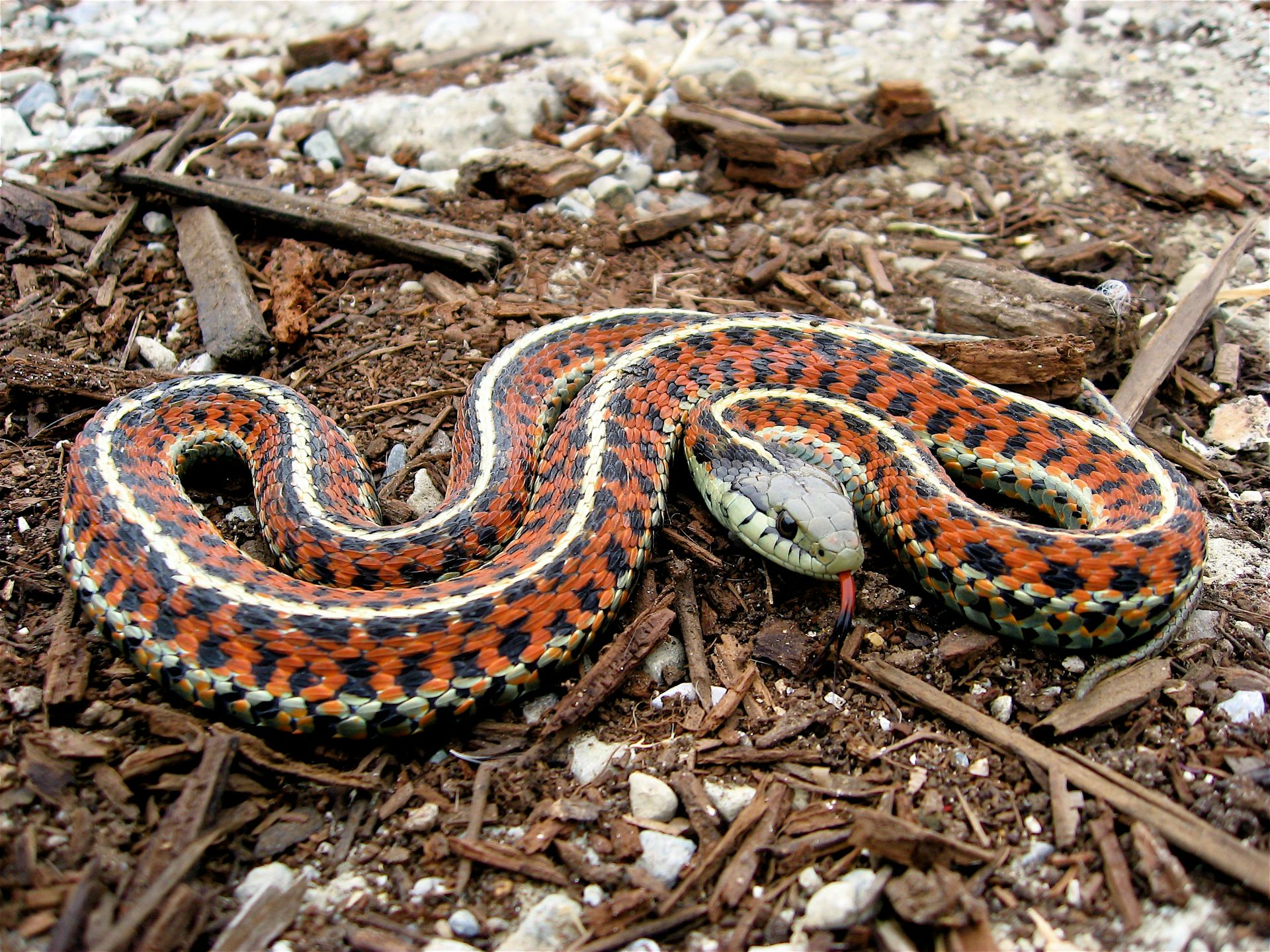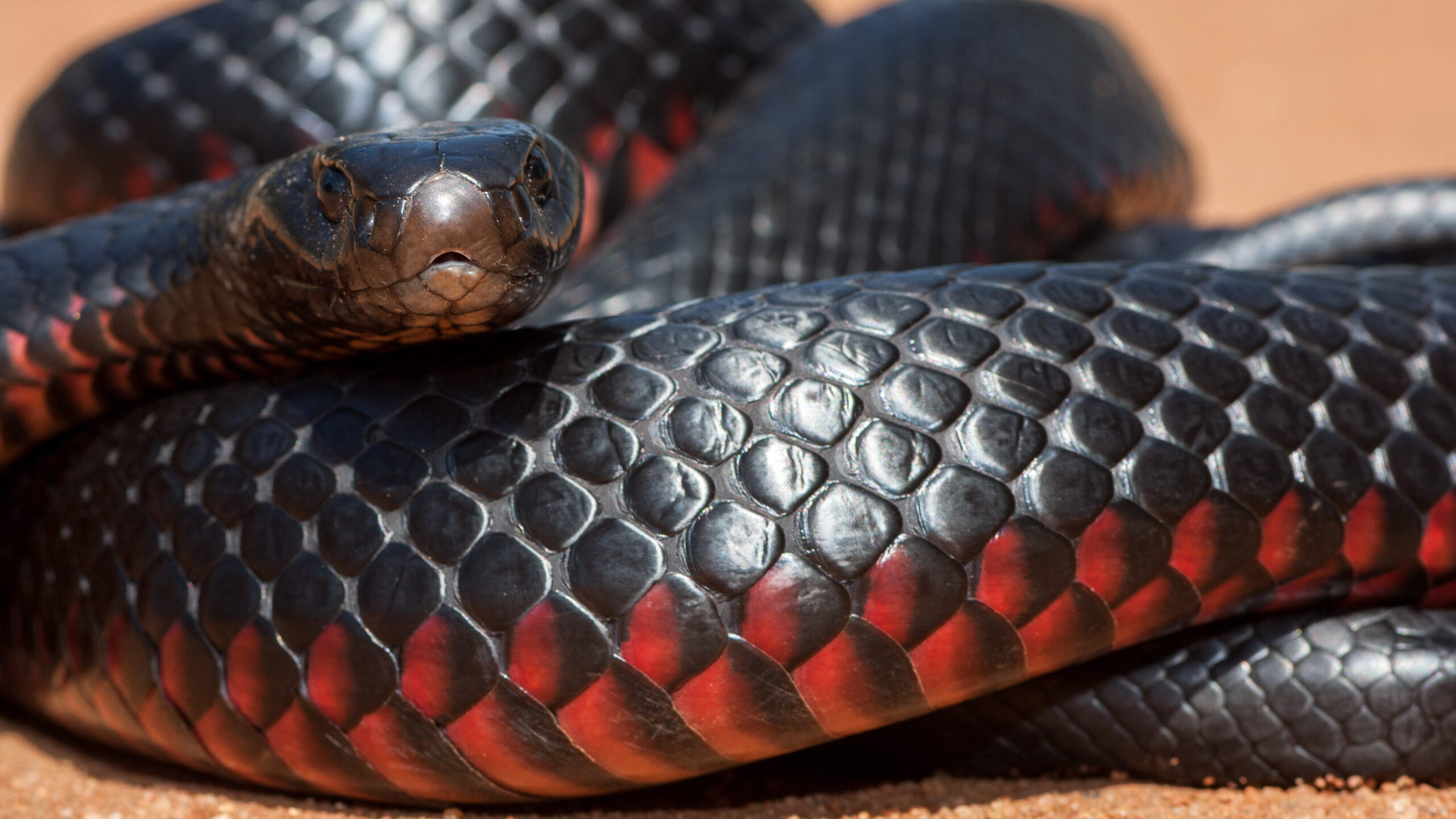Introduction
The Tasmanian tiger serpent, scientifically called Notechis scutatus, is among Australia's most appealing reptiles. Discovered largely in Tasmania and its surrounding islands, this serpent has amassed attention not just for its striking look however likewise for its complex habits and important role in the environment. This post will certainly discover the numerous facets of the Tasmanian tiger serpent's habitat, behavior, anatomy, and communications with people while supplying vital details concerning safety measures in case of a serpent bite.
Whether you're a researcher, a wild animals lover, or simply someone interested regarding these remarkable animals, this detailed overview guarantees to supply understandings that are both informative and interesting. So let's start this trip to recognize the Tasmanian tiger snake better!
The Tasmanian Tiger Snake: An Overview
Physical Qualities of the Tasmanian Tiger Snake
Tiger snakes are identified by their unique coloration and patterns. They normally exhibit a mix of yellow or cream red stripes on a dark brownish or black background-- hence the name "tiger." Adult tiger serpents can mature to approximately 2.1 meters long, although the majority of people balance around 1.5 meters.
Key Attributes:
- Coloration: Differs from dark brown to olive environment-friendly with lighter bands. Size: Adults normally vary from 1.2 to 2.1 meters. Head Shape: Definitely wide with noticeable eyes.
Distribution and Environment of the Tasmanian Tiger Snake
The Tasmanian tiger snake primarily occupies coastal areas, marshes, marshes, and grasslands in Tasmania. http://kameronpzlu993.cavandoragh.org/australian-snakes-and-their-bites-essential-first-aid-information-1 It grows in environments where it can easily accessibility water resources considering that it is frequently located near streams or lakes.

Habitat Preferences:
- Wetlands: Suitable for searching victim like frogs and little mammals. Coastal Locations: Deals abundant food resources. Grasslands: Provides cover and basking spots.
Understanding Tiger Serpent Behavior
Feeding Practices of the Tasmanian Tiger Snake
Tiger snakes are meat-eating and opportunistic feeders. Their diet regimen consists mostly of frogs, fish, tiny creatures, and birds. They rely upon their eager sight and swift Educating about venomous snakes activities for hunting.
Dietary Failure:
- Frogs: A primary element because of abundance in marsh habitats. Fish: Regularly captured when swimming in shallow waters. Small Mammals: Occasionally take advantage of rodents.
Breeding Habits of the Tasmanian Tiger Snake
Tiger snakes have an interesting reproductive cycle. Mating typically takes place in springtime after arising from hibernation. Female tiger serpents bring to life live young as opposed to laying eggs, which is rather unique amongst reptiles.
Reproductive Cycle:
- Mating Season: Springtime (September to November). Gestation Period: Roughly 3 months. Litter Dimension: Varieties from 20 to 40 infant tiger snakes.
Aggression and Defense Mechanisms of the Tasmanian Tiger Snake
Though they can be aggressive when endangered, tiger snakes commonly choose to pull away instead of face threat straight. Their key defense reaction consist of attacking when cornered or showing their dimension via hissing.
Defensive Strategies:
- Hissing Audio: A warning signal suggesting distress. Bite Reaction: A last resource when retreat options are limited.
Are Tiger Snakes Venomous? Comprehending Their Venom
Venom Composition and Effects
Yes! The Tasmanian tiger serpent is poisonous. Its venom contains neurotoxins that can trigger major harm or even death if left neglected. The impacts of a bite can consist of paralysis, swelling at the bite site, queasiness, and various other systemic symptoms.
Venom Qualities:
- Neurotoxic Elements: Influence nervous system functioning. Hemotoxic Impacts: Can bring about tissue damage.
Common Signs Complying with a Tiger Serpent Bite
Recognizing signs and symptoms without delay is essential for efficient emergency treatment monitoring after a serpent bite:

- Severe discomfort at bite site Swelling Nausea or vomiting Difficulty breathing
First Aid for Snake Bites: What You Need to Know
Immediate Tips After a Tiger Snake Bite
In case you experience a situation entailing a tiger serpent bite, it's essential to act quickly:

Creating Your Serpent Bite First Aid Kit
Having an adequately equipped emergency treatment set can make all the distinction during emergencies:|Item|Objective|| ------|---------|| Compression plaster|To immobilize limb|| Splint|To maintain damaged location|| Antibacterial wipes|For cleansing wounds|
FAQs Concerning the Tasmanian Tiger Snake
What do infant tiger snakes eat?
Baby tiger snakes primarily feed on little bugs and amphibians until they grow big sufficient to hunt larger prey like frogs or little fish.
How dangerous is a tiger snake bite?
A tiger snake bite can be incredibly dangerous due to its powerful venom; immediate medical attention is essential for survival.
Where are eastern tiger snakes found?
Eastern tiger serpents inhabit coastal areas throughout southeastern Australia yet are less common than their Tasmanian counterparts.
What must I do if I see a tiger snake?
Maintain your range; do not try to handle it unless you're educated to do so-- most attacks take place during attempts at capture or mishandling.
Can I make it through without antivenom after being bitten?
While some individuals may endure without antivenom depending upon different elements such as health conditions and time considered treatment; looking for prompt clinical assistance is always recommended as it significantly raises survival chances.
Are there any certain precaution I ought to take while treking in Tasmania?
Always use tough boots, stay on marked routes, prevent high turf where exposure may be restricted; acquaint on your own with local wildlife before https://connerpoom.bloggersdelight.dk/2024/11/03/serpent-bite-symptoms-how-to-recognize-a-tiger-snake-experience/ heading out right into nature!
Conclusion
The Tajamanian tiger serpent represents a vital part of Australia's rich biodiversity landscape both environmentally as killers and culturally as symbols within Australian folklore. Recognizing their environment preferences along with actions gives understanding into how we can coexist securely while respecting wild animals limits-- remembering that understanding leads us in the direction of more secure experiences outdoors!
By staying educated regarding possible dangers such as envenomation from attacks while additionally taking preventive measures makes certain favorable experiences when running into these remarkable animals!
In verdict, whether you're fascinated by their striking appearance or mesmerized by their complicated actions-- the Tasmanian tiger serpent definitely deserves recognition beyond plain fascination-- it envelops nature's elegance linked delicately within our ecosystems!